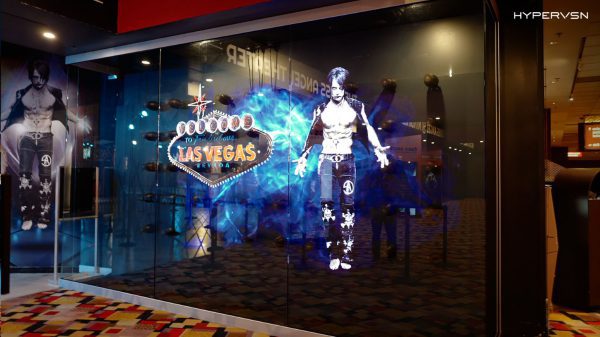Electronic Shelf Labelling (ESL)
Electronic shelf labelling (ESL) represents a modern and dynamic approach to displaying pricing and product information in retail environments. This technology replaces traditional paper price tags with electronic displays.
The main advantages of electronic shelf labels are their ability to update prices and product information remotely and instantly, ensuring consistency and accuracy across a store or chain of stores. This system is not only efficient but also environmentally friendly, as it reduces the need for paper and ink.







